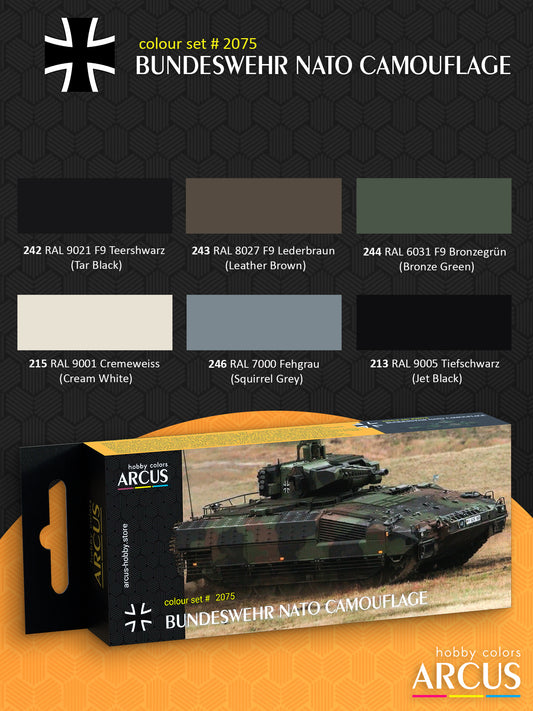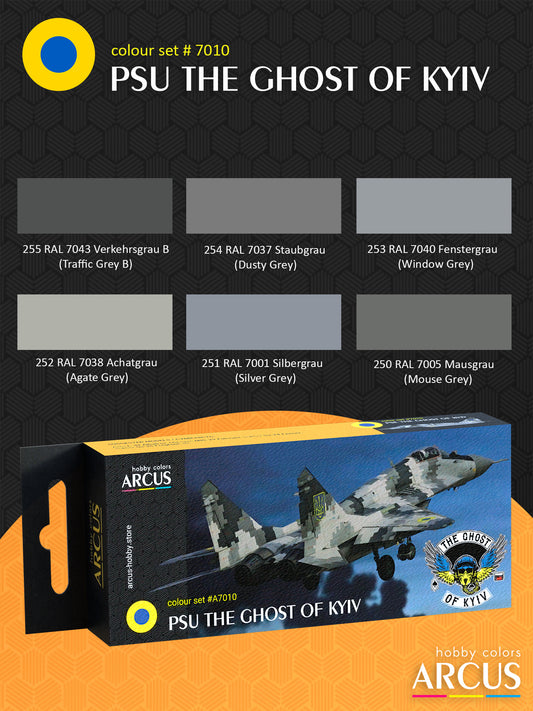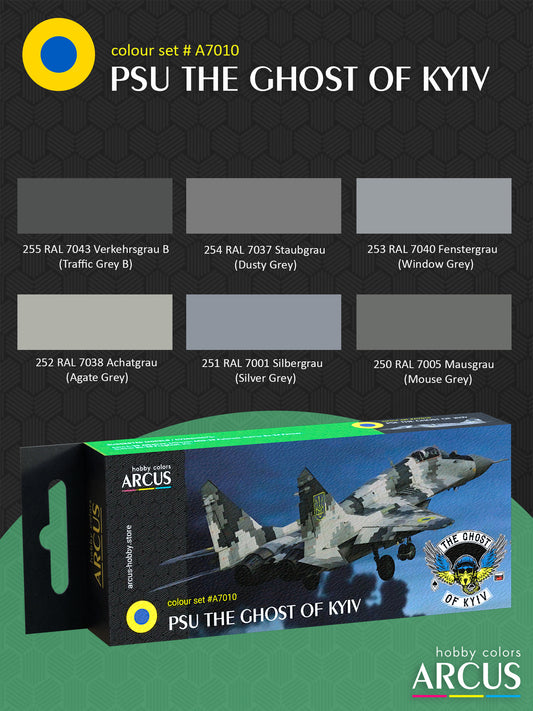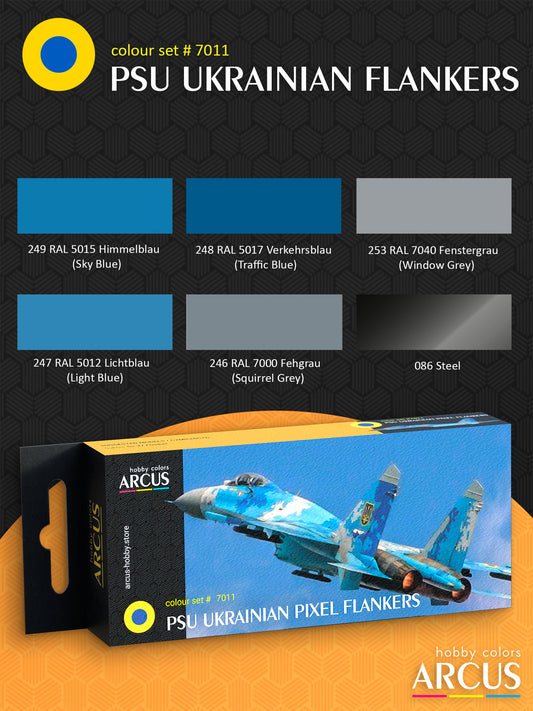The Bundeswehr Heer, denoted as 'army' in German, stands as the land component of Germany's comprehensive armed forces. Its inception in 1955, within the newly formed Bundeswehr alongside the German Navy and Air Force, was a strategic move to reshape Germany's military landscape. Fast forward to 2024, and the German Army proudly claims its position among the top 20 most powerful armies globally.
Foundation of the Modern Bundeswehr Army
The aftermath of World War II witnessed the dissolution of the Wehrmacht in 1946. By 1950, as the Federal Republic of Germany solidified ties with the West, deliberations unfolded about Germany's role in a European Defence Community. The Himmeroder memorandum, a brainchild of ex-Wehrmacht officers, envisioned a potent German army within an international force to safeguard Western Europe against the perceived superior might of the Warsaw Pact.
The responsibility of fortifying Allied troop-related matters fell on Theodor Blank, appointed as the "officer of the Federal Chancellor for the Strengthening of Allied Troops questions." The Blank Office, a precursor to the Defence Ministry, meticulously laid the groundwork for West Germany's rearmament. Plans for a new German army emerged by March 1954, designed to include infantry, armored, and mechanized divisions as part of the proposed European Defence Community. Despite the failure of the European Defence Community plan, Germany's NATO membership solidified in May 1955.
Upon the establishment of the German Army on November 12, 1955, a conscious effort was made to distinguish it from the Wehrmacht. Figures like Hans Rottiger, a contributor to the Himmeroder memorandum, led the initial officer corps. Activities commenced in Andernach, where training companies and schools were set up with the goal of forming twelve armored and infantry divisions by 1959. This expansion, involving the splitting of existing units every six months, culminated in 1965, reaching a strength of 20,200 men and initial equipment with U.S. military hardware such as the M-47 Patton tank. The formal structuring of the army's command occurred in 1957 with the establishment of the I, II, and III Corps.
In contrast to the integrated Heer, Marine, and Luftwaffe under NATO's command, the "Office for Territorial Defence" was established in 1957 to oversee the Territorial Army, maintaining national control for defense against rear-area threats.
The specter of Soviet tactical nuclear weapons prompted the restructuring of the German Army into more mobile and smaller units under Army Structure 2. By 1959, the army reformed into 11 divisions comprising 27 brigades, adapting to combined arms combat with specialized armored, mechanized, motorized, and alpine units. Subsequent reforms (Army Structure 3 and 4) in the '70s and '80s further refined the army's composition, expanding to 36 active brigades by the mid-'70s and fielding 12 divisions with 38 brigades by the early '80s.
Post-1990, integration of the East German Nationale Volksarmee, downsizing, and restructuring led to a force of 360,000 men by 2001. The army shifted to a seven-division structure, focusing on mechanized, special forces, and air assault capabilities. Key organizational changes included the creation of the Joint Support Service and the Joint Medical Service in 2000, and the transformation of the 25th Airborne Brigade into the Kommando Spezialkräfte in 1996. The army maintained three Corps with various combat and support units, including a joint German-Dutch Corps by 2003. Conscription was suspended in July 2011, marking a shift to a professional army structured around three divisions, as of January 2022, boasting a strength of 62,766 soldiers.
Operational History: The Modern German Army in Action
The Bundeswehr's operational trajectory since its establishment has been transformative. Initially oriented toward national and collective defense within NATO territories, the reunification of Germany in the '90s prompted a shift to a more proactive stance in international peacekeeping and humanitarian efforts.
The Gulf War in 1991 marked the Bundeswehr's first active military support outside NATO, indicating the beginning of its transition to an "army on operations." Contributions included sending fighter bombers to Turkey and a minesweeping unit to the Persian Gulf. The operation in Cambodia in 1992 underscored this shift, with German medics providing healthcare to UN peacekeepers and local populations, marking the Bundeswehr's first casualty in an overseas mission.
A significant legal development came with the Federal Constitutional Court's 1994 ruling, confirming the constitutionality of out-of-area missions with Bundestag approval. This legal clarity paved the way for substantial contributions to peacekeeping missions in the Balkans, where the Bundeswehr played a crucial role in implementing the Dayton Peace Agreement and supporting the UN's efforts.
The post-9/11 era expanded the Bundeswehr's operational scope, with Germany declaring "unlimited solidarity" with the US and contributing to the ISAF mission in Afghanistan. This mission, initially aimed at stabilization, evolved into a war-like scenario due to escalating Taliban attacks, testing the Bundeswehr's capabilities and Germany's political stance on military engagement.
Today, the Bundeswehr operates globally, participating in missions aimed at stabilizing regions, combating terrorism, and training local forces. The Joint Support and Enabling Service (JSES), inaugurated in 2000, played a pivotal role in the army's transformation, emphasizing logistical support, electronic warfare, psychological operations, and more.
From its inception, the JSES ensured the Bundeswehr’s strategic mobility for global operations. It overcame challenges in initial entry operations such as ISAF in 2002 and EUFOR RD CONGO in 2006. By integrating forces and facilities directly relevant to operations, the JSES provided essential support in logistics, electronic warfare, and psychological operations.
A notable aspect of the JSES's success lies in its ability to bridge military needs with industry solutions, evident in its participation in the SALIS and GGSS projects. These initiatives ensured strategic airlift and sealift capabilities, respectively, leveraging civilian commercial capacities and international partnerships to meet operational requirements.
The 2011 Bundeswehr reform significantly impacted the JSES, cutting its personnel by over half and leading to the establishment of the German Joint Support and Enabling Service Headquarters. This reorientation streamlined operations and shifted command structures, emphasizing a more integrated and flexible support framework. The disbandment of the Joint Support Command and the transfer of responsibilities highlighted a shift toward a more integrated and flexible support framework.
As of 2012, the JSES became a major troop contributor, with a significant presence in Afghanistan and the Balkans, illustrating its central role in operational support. The service's involvement in the redeployment of material from Afghanistan underscored its logistical prowess and operational importance. Today, the JSES continues to evolve, focusing on its role as a national-territorial commander and enhancing Germany's contributions to NATO. Its responsibilities have expanded to include host nation support and coordination for deploying German forces, underlining its crucial role in national and collective defense.
Over the past two decades, the Joint Support and Enabling Service has been a cornerstone of the Bundeswehr's operational capabilities, adapting to the changing dynamics of global military engagements. As it moves forward, the JSES remains committed to providing unwavering support for Germany's defense efforts and international obligations, symbolizing a pivotal element in the Bundeswehr's operational framework.
The Evolution of German Army Camouflage Patterns
The German Army's approach to camouflage is a tale of adaptability, mirroring changes in military strategy, operational landscapes, and technological advancements. In its nascent days, akin to many NATO nations, a standard single-color green scheme was the norm, aligning seamlessly with the temperate European terrains expected for NATO operations.
However, a paradigm shift occurred in 1984 when NATO introduced a tricolor camouflage pattern for armored vehicles to standardize equipment and enhance operational effectiveness across diverse terrains. Germany, while adopting this NATO standard, took a unique path by opting for distinct shades within the RAL color system. This move ensured interoperability with NATO allies while maintaining a distinct German identity.
The tricolor camouflage became a symbol of German armored vehicles during peacekeeping missions in the Balkans in the 1990s. Operations in the diverse terrains of southeastern Europe highlighted the effectiveness of the NATO-standard camouflage.
As the new millennium dawned, the German military faced new challenges, particularly with deployments to arid regions like Afghanistan. In response, new desert camouflage schemes emerged in the early 2000s, characterized by sandy hues for better concealment in desert environments. This marked a significant departure from the traditional European theater-focused patterns.
The evolution of German Army camouflage is a microcosm of broader trends in military operations, transitioning from the Cold War era's European focus to the global deployment of forces in diverse environments. Each shift in camouflage pattern underscores the German military's commitment to operational effectiveness and adherence to alliance standards.
The Legacy of Concealment: Bundeswehr's Camouflage Standards
Germany's military, the Bundeswehr, boasts a rich heritage of camouflage traditions, tracing its roots back to World War II. A pivotal moment occurred in 1984 with the introduction of a three-color unified camouflage pattern for NATO member countries. This initiative aimed to standardize the appearance of military equipment among allies, enhancing interoperability and collective concealment capabilities across various terrains.
Germany, however, elevated this initiative by implementing a new color standard exclusively for camouflage purposes: RAL F9. This standard was meticulously crafted to include paints with superior camouflage properties, especially in infrared light. This technological leap optimized the stealth capabilities of military assets against modern detection technologies.
RAL F9 represents a sophisticated evolution in military camouflage, incorporating an advanced understanding of visual and infrared concealment. This standard is specifically used for modern German military equipment, ensuring that the Bundeswehr remains at the forefront of camouflage technology.
As of today, the RAL F9 standard underscores Germany's ongoing commitment to maintaining a cutting-edge and visually distinct military presence. This commitment not only reflects the Bundeswehr's operational effectiveness but also its historical roots and cultural values in military arts and sciences. The marriage of tradition and innovation continues to define Germany's approach to camouflage, symbolizing a dynamic legacy of concealment in the service of national defense.

 SaleVendor:Arcus HobbyRegular price $1.69 USDRegular priceUnit price per
SaleVendor:Arcus HobbyRegular price $1.69 USDRegular priceUnit price per
 SaleVendor:Arcus HobbyRegular price $1.69 USDRegular priceUnit price per
SaleVendor:Arcus HobbyRegular price $1.69 USDRegular priceUnit price per

























